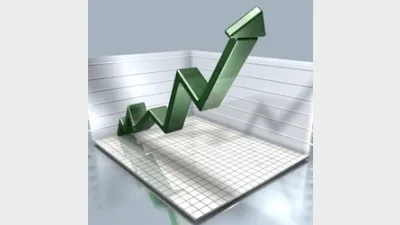Aussie institutional investors follow the increase in ETF use



Australian super funds, asset managers and insurance companies are keeping up with trends set by their Asia and northern hemisphere colleagues, increasing their use in exchange-traded funds (ETFs) for tactical and strategic purposes, according to head of iShares Australia, Mark Oliver.
Research firm Greenwich Associates had documented the trends in institutional investors’ use of ETFs in the United States, showcasing year-on-year changes in behaviours of pension funds, foundations and endowments towards using ETFs.
Among investors participating in the study, 63 per cent said they used ETFs for transition management purposes this year, compared to 38 per cent in 2010. At the same time the use of ETFs for cash equitisation rose to 51 per cent, from 31 per cent last year.
Managing director and head of iShares Asia Pacific, Nick Good, said the Asian institutions had also increased their use of ETFs, for tactical asset allocation adjustments and managing portfolio overlay strategies.
Oliver said he saw the same trend emerge in Australia, where institutions were using these products for essential fund management practices such as portfolio completion and cash equitisation.
“Much of the work here in Australia is educating institutions about the uses of ETFs and helping them identify and evaluate all their investment options in order to achieve their specific objectives,” Oliver said.
Recommended for you
The structural shift towards active ETFs will reshape the asset management industry, according to McKinsey, and financial advisers will be a key group for managers to focus their distribution.
ASIC has warned that practices across the $200 billion private credit market are inconsistent and, in some cases, require serious improvement.
A surge in electricity prices has driven the monthly Consumer Price Index to its highest level in a year, exceeding forecasts.
Infrastructure well-positioned to hedge against global uncertainty, says investment chief.







